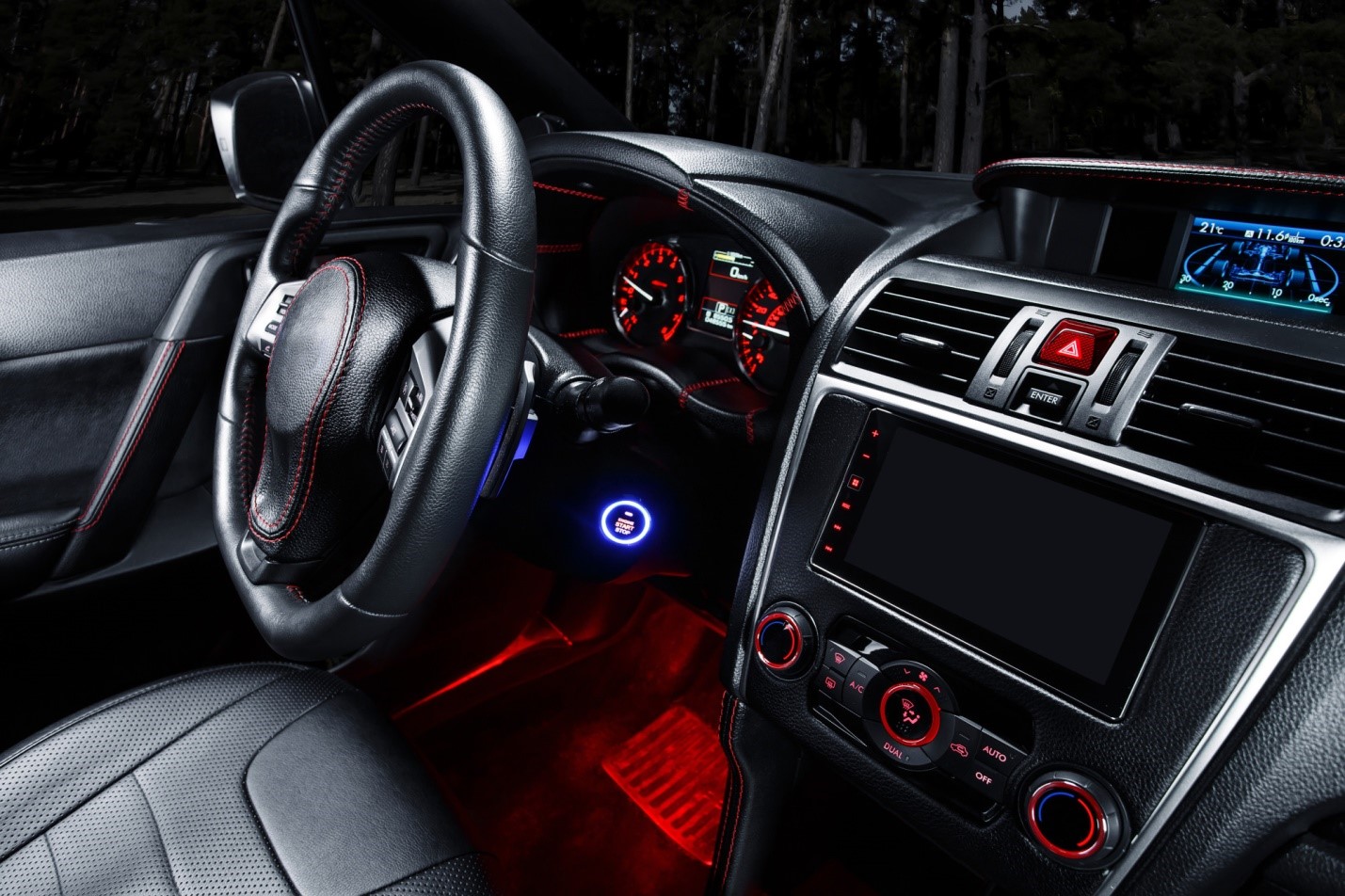Many owners of petroleum-fueled cars today are interested in electric car conversion. Since the invention of alternative-fuel cars, some people have turned their traditional cars into these environmentally-friendly automobiles right in the comfort of their own homes.
The electric car became popular in the mid-nineteenth century and early twentieth century. It is an unconventional fuel automobile which utilizes electric motors and motor controllers for its driving force instead of an internal combustion engine. These are usually powered by battery, so that they are also called battery electric vehicles.
Things To Consider When Doing Conversion At Home
The usual electric car conversion uses a DC controller and a DC motor. The descriptions of these terminologies are presented in the following section.
The person who does the conversion chooses what voltage the system will work at. Usually it is between 96 and 192 volts. This decision determines the number of batteries, the type of motor and the type of controller the car will be using.
There are a variety of choices a person has regarding battery technology. He can utilize lead-acid batteries, the one which is mostly used. Other options are marine deep-cycle lead-acid batteries, golf-cart batteries, and high-performance sealed batteries.
These batteries may be flooded, gelled, or may be made out of absorbed glass mat electrolyte. Among these, flooded batteries have the lowest peak power, yet it is the least costly.
When decisions regarding the motor, controller and batteries are finally made, conversion can now proceed.
Parts Of An Electric Car
To fully understand the conversion process, you have to know the following important terms mentioned in the following sections:
* The controller is the one delivering the power from the batteries to the motor.
* Batteries are the stored energy sources required to make electric cars work.
* Electric motors or DC motors use magnets to create movement. This attraction and repelling motions allow the engine to start.
Step-by-Step Process Of The Conversion
Here is a basic guide in doing the conversion at home:
* Take off the engine, the gas tank, the exhaust system, the clutch, and the radiator from the vehicle to be converted.
* Connect an adapter plate to the transmission, and then mount the motor using custom mounting brackets.
* Create a gear reduction for maximum efficiency of the electric motor. Do this by pinning the existing manual transmission in the 1st or 2nd gear.
* After this, mount the controller.
* Hold all the batteries in place by building brackets first, and then finally installing the batteries.
* Wire both the batteries and motor to the controller using a welding cable.
* Install a charging system, followed by a DC-to-DC converter to power the accessory battery.
* Also install a volt meter to detect the state of the batteries.
* Finally, put on a contractor or large relay that can connect and disconnect the battery pack to and from the controller. Rewire the ignition switch, and let the new electric car be tested.
Some Points to Note
If the vehicle to be converted has a power steering, wire up and mount an electric motor for that power steering pump.
If it has an air conditioning unit, wire up and mount an electric motor for its compressor. Also set up an electric water heater and put it into the heater core.
If the automobile has power brakes, install a vacuum pump so you can operate the brake booster.
Also note that you may need to install some reverse switches to the controller depending on the conversion.
These are the basic things you need to know when doing electric car conversion at home.











